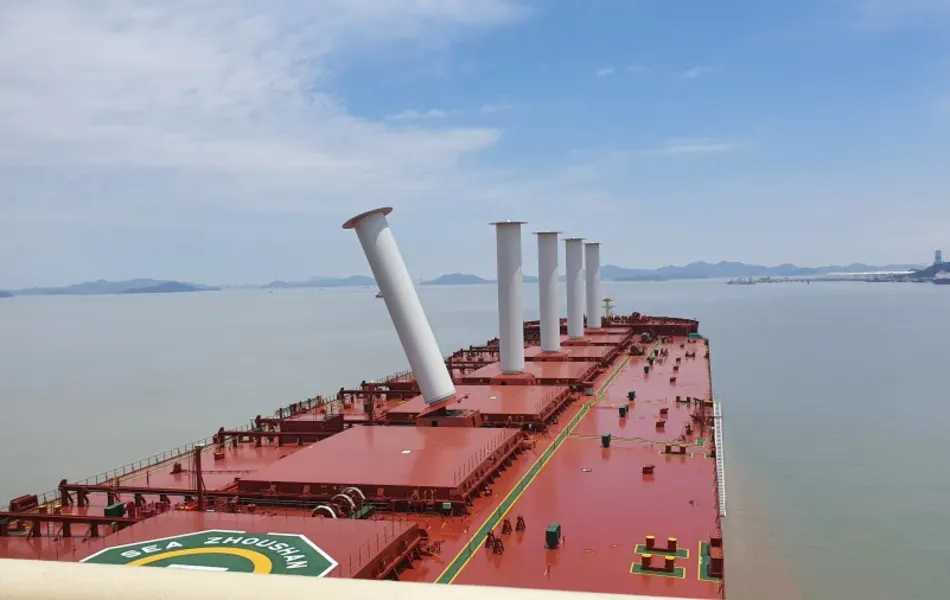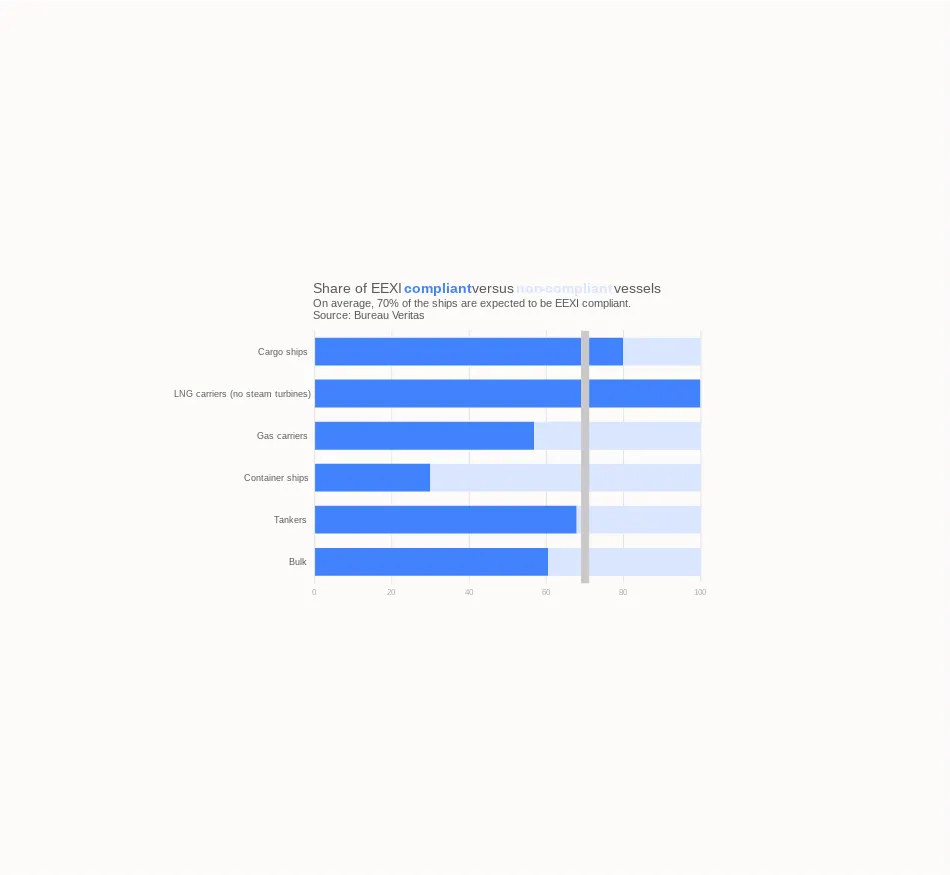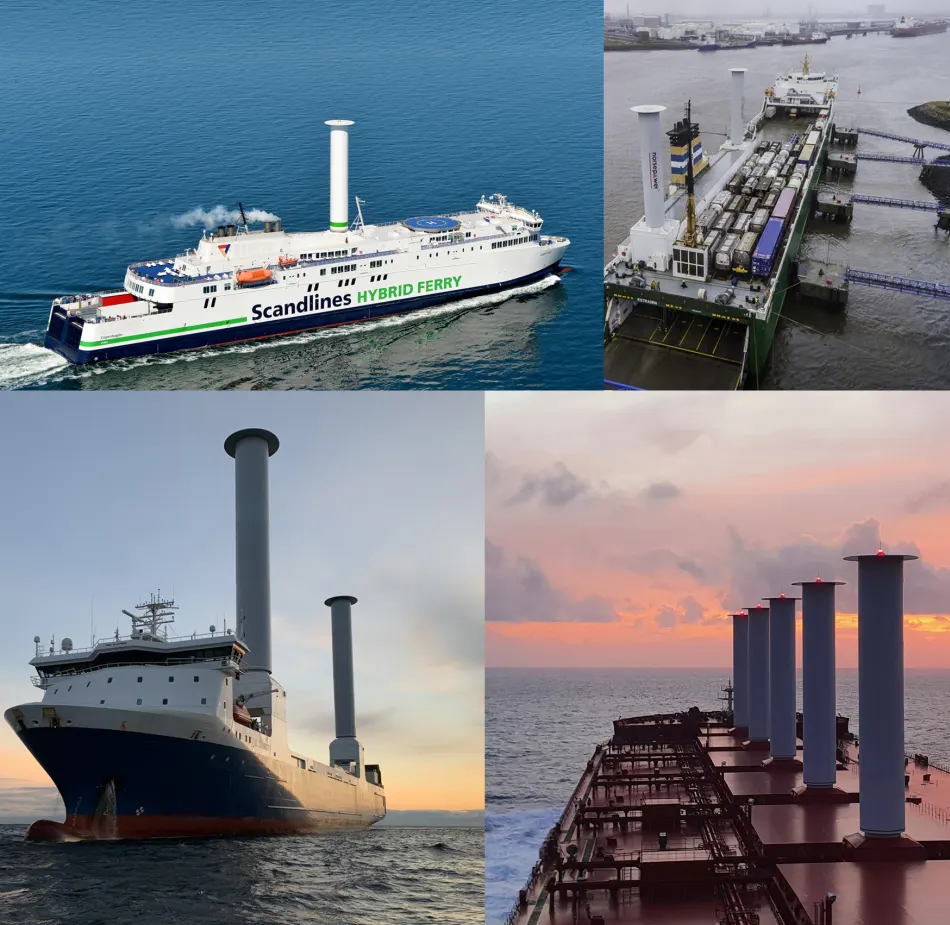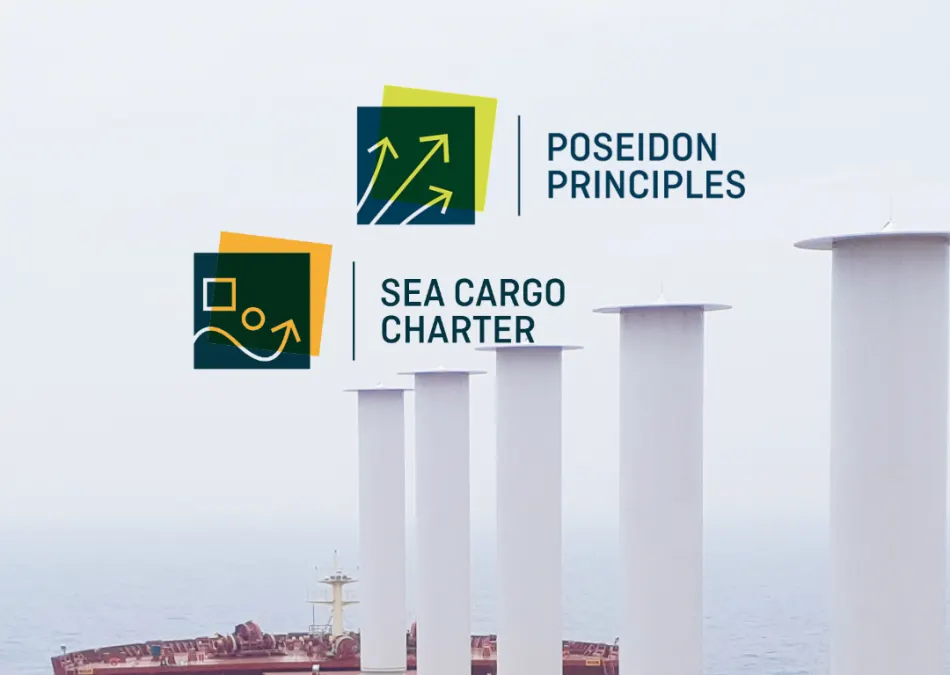Reducing harmful GHG
emissions from shipping
It’s time to respond to ever-tightening regulations. The International Maritime Organisation’s reduction targets as well as longer-term global zero carbon shipping goals demand that shipowners promptly invest in green shipping technology. Norsepower can help with this.
Our product is available on the market today – and delivers proven results. Norsepower Rotor Sails™ contribute to the reduction of GHG and other emissions such as SOx, NOx, PM. The product reduces the need for main propulsion power that is typically derived from fossil fuels. The result consists of impressive financial returns from fuel savings as well as savings in emission-related costs, such as carbon taxes or expensive alternative fuels.





